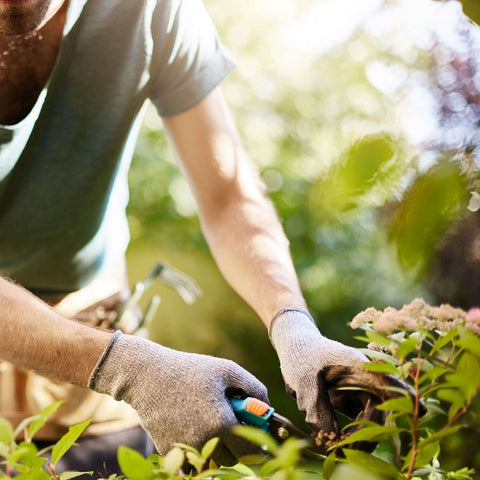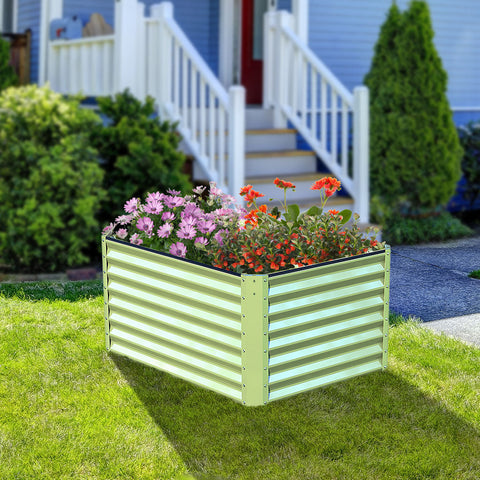In today's era of tight resources and increased environmental awareness, finding efficient gardening methods is crucial. Square foot gardening is an innovative way to grow as many plants as possible with minimal space and resources. So where did this currently beloved method of gardening begin? It all started when Mel Bartholomew co-managed a community garden with traditional methods of horticultural production. He noticed how much space the rows took up and how few vegetables could be produced in the system. When he reflected on successful line training, he noted the difficulties inherent in it. Growing tomatoes means there isn't much room for other plants. Zucchini production is overstretched. He also noticed that it was difficult to produce a variety of plants. Bolting from lettuce heads and other cool-season crops also reduces the likelihood. In light of all these problems, MEL developed square foot gardening methods to solve these problems. By using a square foot garden grid, gardeners can maximize the amount and variety of vegetables. They also have access to parts of the garden that are inaccessible in rows.The following content also has some reference value for raised garden beds.
Here are some simple but effective tips to help you achieve a good harvest in a limited space and reduce the need for resources such as land, water and fertilizer.
- Vertical planting: Traditional gardening is usually done on level ground, but square foot gardening encourages vertical planting. The use of vertical space can greatly increase the planting area. For example, multiple layers of plants can be accommodated using vertical supports or vertical slots in walls. Vegetables, herbs and fruits can all be grown vertically to achieve greater yields in limited space.
- Mixed planting: In square foot gardening, mixed planting is an effective method. Planting different types of plants on the same plot maximizes the use of space. Their growth habits and root systems can complement each other, and some plants can provide repellent and repellent effects. For example, planting plants with negative shading can provide protection for sun-sensitive vegetables, thus reducing the incidence of pests and diseases.

- Conserve water: In square foot gardening, efficient use of water is crucial. Using a drip irrigation system or deep watering can reduce water waste and ensure that the plant's roots get enough water. In addition, mulching the soil surface to reduce water evaporation is an effective way to save water. Selecting drought-tolerant plants or planting a mix of plants with different water tolerations under the same water source can further reduce water use.
- Stick to organic fertilizers: Organic fertilizers are not only good for plant growth, but also for soil quality and the environment. Using compost and homemade fertilizers minimizes the need for chemical fertilizers. At the same time, organic fertilizers can improve soil structure and water retention, increasing plant resistance and yield.

- Pest and disease control: Pest and disease control is critical in a square foot garden. The use of biological control methods, such as the introduction of beneficial insects, plant intercropping and crop rotation, can reduce the reliance on chemical pesticides. In addition, regular checks on the health of plants and early control measures can prevent the spread of diseases.
Square foot gardening is a sustainable gardening method that can achieve high yields and resource savings in a limited space. Through vertical farming, mixed farming, water conservation, the use of organic fertilizers, and pest and disease control, we can grow more plants while reducing the need for resources such as land, water and fertilizer. Try these methods and you will be able to achieve better results in your gardening projects and contribute to a sustainable future.









